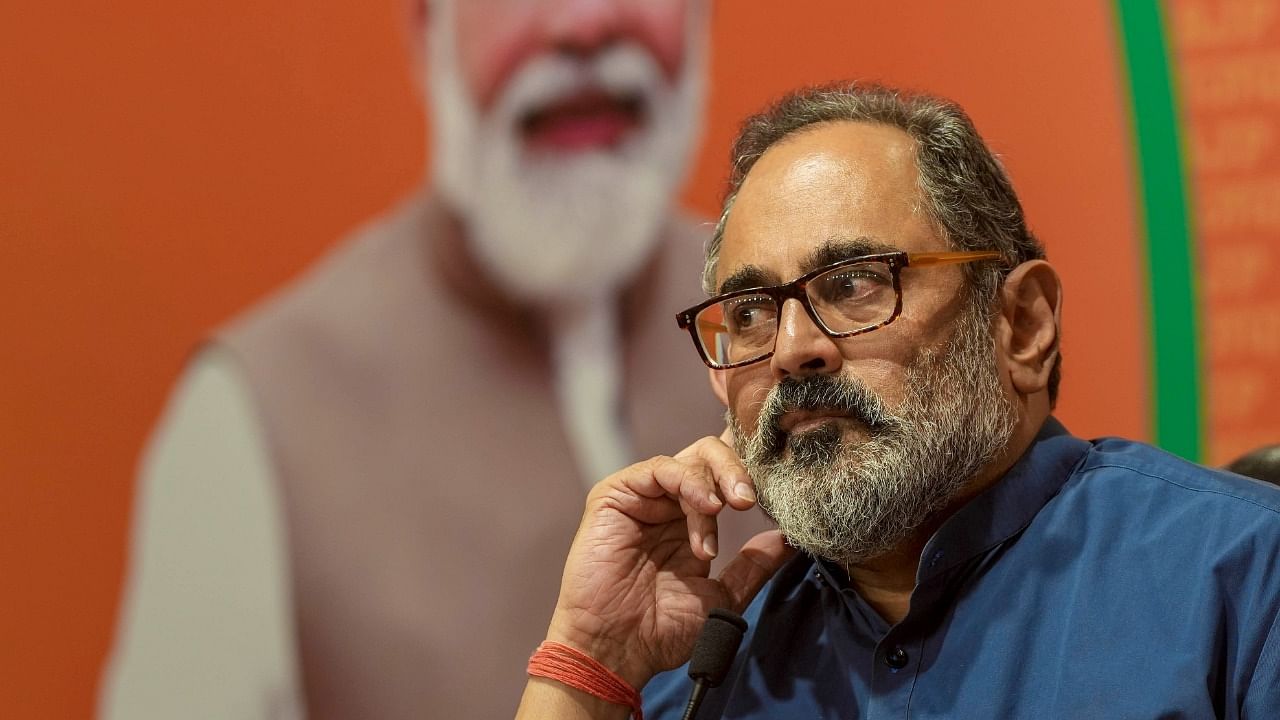
On June 22, US-based semiconductor company Micron Technology announced its plans to build a new assembly and test facility in Gujarat, India.
It was officially announced during Prime Minister Narendra Modi’s State visit to the United States. The development topped the list in an fact sheet published by the White House along with mention of two other semiconductor-related developments: one, a plan to build a ‘Semiconductor Centre for Commercialization and Innovation’ in India by Applied Materials, and two, an offer by Lam Research to train 60,000 Indian engineers through its ‘Semiverse Solution’ to accelerate India’s semiconductor education and workforce development goals.
As per Micron, it has applied for incentives under the Government of India’s Modified Assembly, Testing, Marking and Packaging (ATMP) Scheme and will receive 50 per cent fiscal support for the total project cost from the Union government, and 20 per cent incentives will be given by the Gujarat government. The combined investment will be up to $2.75 billion: ~$1.375 billion from the Union government, $0.55 billion from the Gujarat government, and Micron will foot the remaining ~$0.825 billion.
Albeit a ‘packaging and not making unit’, this could be lauded as one of the first major breakthroughs for India ever since announcing Rs 76,000 crore in December 2021 as incentives to create a semiconductor ecosystem. Success in approving high-volume silicon-based chip fabricating plants — the crème de la crème among the multiple categories — is still elusive with no clear end in sight.
That said, the budget approved as total project cost for Micron’s ATMP facility, the way in which the approval news was announced, how the Ministry of Electronics and Information Technology (MeitY) handled this application versus the other applications for various schemes, raise multiple questions.
There have been reports that Micron’s application was submitted for review in March, and it was approved within four months — while the applications for smaller projects (of a few Rs 100 crore) under the packaging incentive scheme have been pending since February 2022. This raises questions on whether Micron’s application was fast-tracked over those submitted by ‘Indian’ companies. Interestingly, the review process took 15 months to inform Vedanta matters such as lack of high-volume chip manufacturing technology partner and that the cost estimate of $8-10 billion for a 40nm production-grade license was too high.
While it may be true that Micron has the reputation and proven track record of running the packaging units mostly for chips fabricated in its own fabs, why are the other applications that may lack merit not yet rejected? It is also not known how Micron’s total investment works out to be $2.7 billion, which is almost as much as the project cost quoted by ISMC for a fab which can fabricate 40,000 wafers (each wafer may have hundreds of chips) every month using 65nm technology, which is considered good for Analog chips. Chip fabrication plants are much more capital intensive and add much more value in the supply chain when compared to the ATMP units.
While there seems to be no mandates in the policy documents for various schemes on whether the applicant should be or have an Indian partner, and whether the technology partner should take a stake in the venture, two of the applicants for chip fabs — IGSS and ISMC — were asked to get ‘strong Indian business partners’, while Vedanta-Foxconn was told that their technology partner should have ‘more skin in the game’ — like a stake in partnership. This gives the impression that MeitY is not clear on the model it wants to adopt.
It appears that the Government of India prefers a direct investment from an Integrated Device Manufacturer (IDM) such as Intel or Texas Instruments or Micron, or from a pure-play foundry such as TSMC or UMC or GlobalFoundries.
That said, beggars can't be choosers, and in the absence of direct investment plans MeitY should guide technology-transfer-based applicants to close the gaps, to arrive at mutually-acceptable deals, and break ground in one or two projects soon.
Finally, there are concerns of how smoothly the release of ‘upfront incentives’ will take place for the Micron ATMP. For approved incentives under reimbursement-based schemes launched in 2020, the applicants like Ruttonsha had complained of roadblocks created by MeitY for the release of money.
The government would like to celebrate the developments in the semiconductor space during Modi’s US visit — the reality is that until it is done, pressure will be on MeitY to deliver tangible results.
(Arun Mampazhy is a semiconductor engineer. Twitter: @nano_arun.)
Disclaimer: The views expressed above are the author's own. They do not necessarily reflect the views of DH.